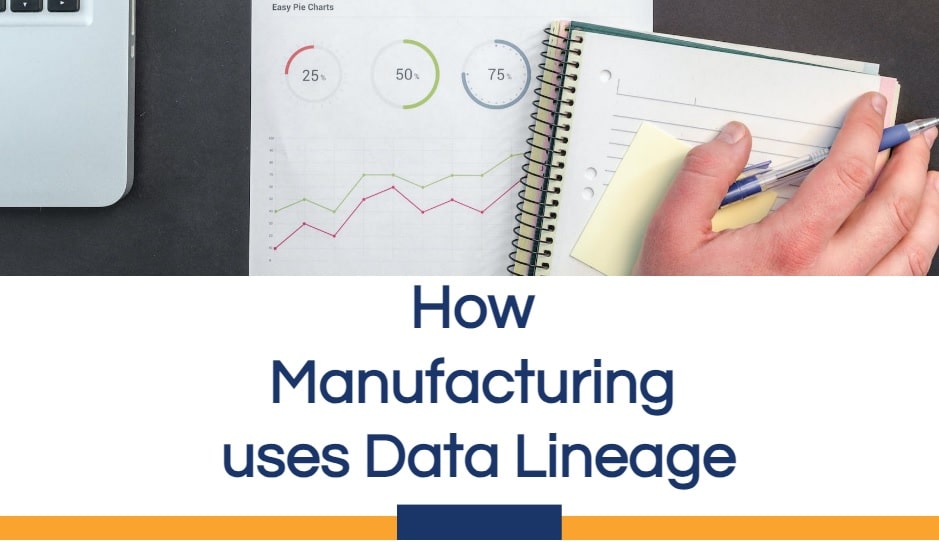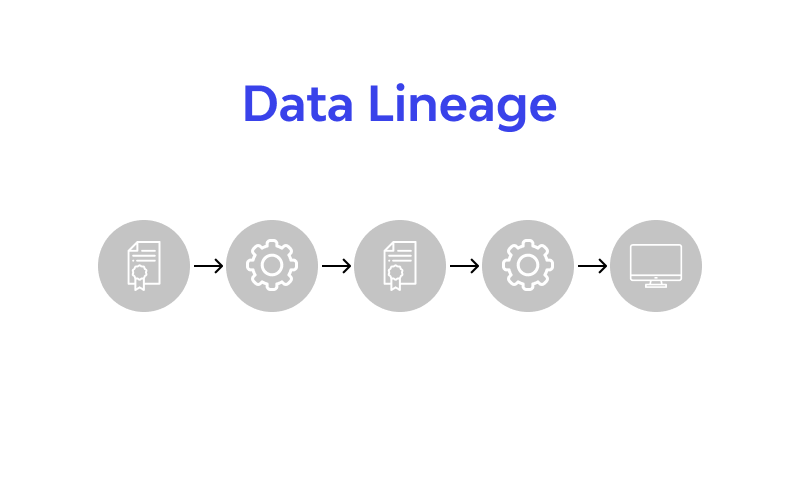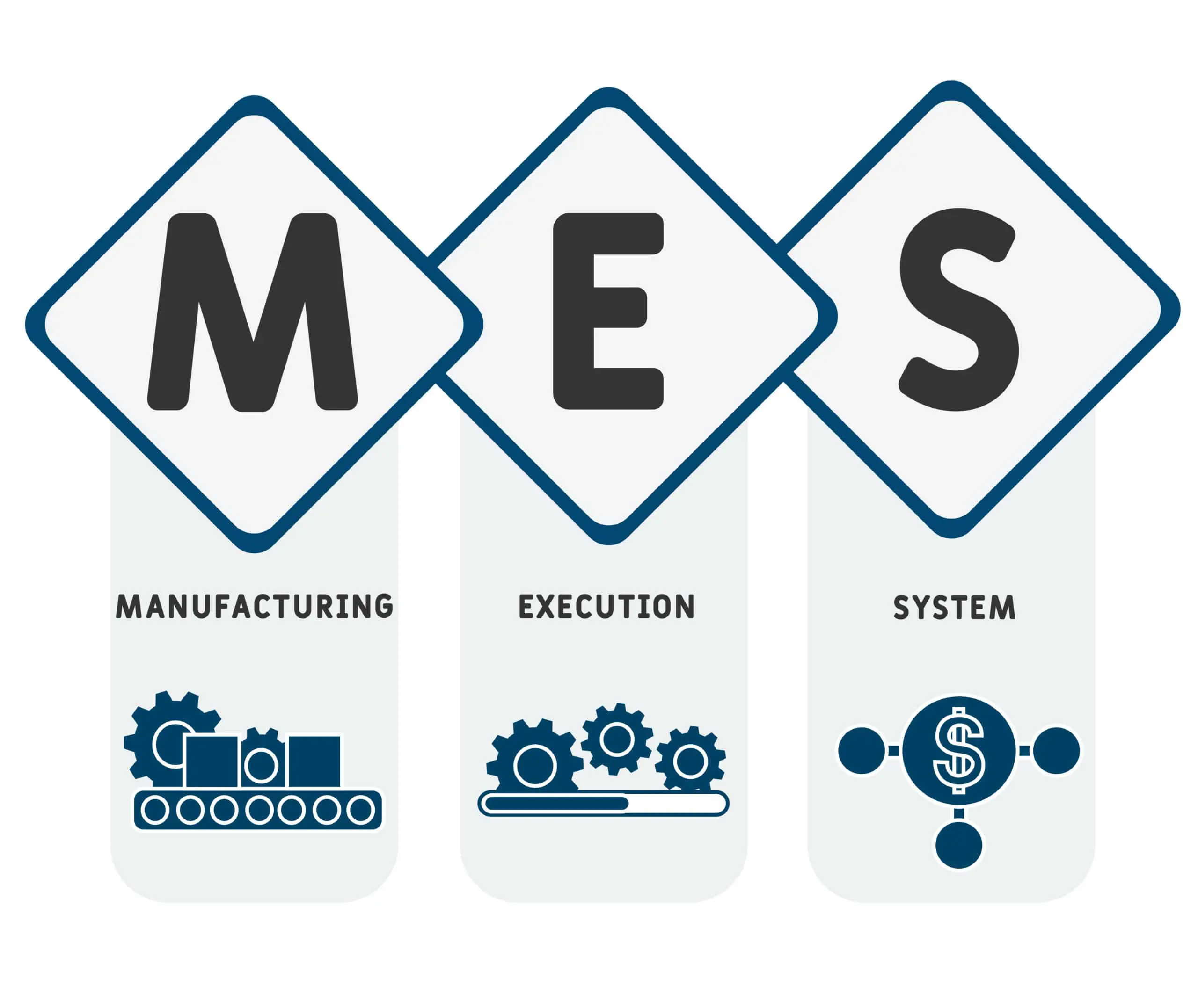Data Lineage in Manufacturing and How It Is Used
Since the Industrial Revolution, the state of the manufacturing sector has been a portent of wider society. It has been the stage upon which some of human history’s greatest dramas have played out: Chartism, a 19th-century movement that, among other things, achieved suffrage for all males over 21, began in British workhouses; in 1926, American industrial pioneer Henry Ford introduced the now ubiquitous 40-hour workweek to his automobile factories. Today, disputes over working conditions and fair use of automation rage on Amazon’s factory floors. The same goes for technological advances. Manufacturing giants looking to improve efficiency and increase profits are often among the first to adopt technologies that transform the world as we know it; this is especially true for how we harness the power of data. Data lineage in manufacturing and supply chain has become a critical component of data management and governance for manufacturing processes.
Table of Contents
This article will explore data lineage, its role in manufacturing, and how to overcome its challenges.
Understanding the concept
Data lineage is the documentation of the origin, movement, transformations, and consumption of data within an organization’s data ecosystem. It visually represents how data flows through various systems, applications, and processes. So, in manufacturing, it helps track and manage data related to product design, production, quality control, and more.
Data Lineage in Product Design
Manufacturers use it for product design in two key ways:
- Product Lifecycle Management (PLM): Manufacturers use PLM systems to manage product data from conceptualization to retirement. Therefore, it helps track design changes, version control, and ensures that the correct specifications are followed throughout the product’s lifecycle.
- CAD/CAM Integration: Computer-Aided Design (CAD) and Computer-Aided Manufacturing (CAM) systems generate vast amounts of design data. Hence, data lineage ensures that design changes are correctly incorporated into the manufacturing process, reducing errors and rework.
Data Lineage in Production
In the production stage, manufacturers can use data lineage for:
- Manufacturing Execution Systems (MES): Firstly, MES systems manage and monitor the shop floor operations. Data lineage ensures that the instructions sent to machines align with the design specifications, reducing defects and production delays.
- Inventory Management: Secondly, data lineage helps track the movement of raw materials and finished products through the supply chain. This tracking optimizes inventory levels, reduces carrying costs, and prevents shortages.
- Quality Control: Thirdly, manufacturing relies heavily on quality control processes. Data lineage allows for traceability of each product batch, helping identify the source of defects and facilitating recalls if necessary.
Supply Chain Management
Manufacturers can use data lineage in supply chain management to facilitate:
- Supplier Integration: Manufacturers collaborate with numerous suppliers. So, it helps track the flow of materials, ensuring that the right components are used and maintaining supplier accountability.
- Demand Forecasting: Data lineage contributes to accurate demand forecasting by tracking historical sales data, customer orders, and market trends. This information is essential for managing inventory and production planning.
Compliance and Regulations
Manufacturers must adhere to various industry regulations and standards. It is invaluable in demonstrating compliance by providing a clear audit trail of how data is handled, stored, and processed. It ensures that data is handled per regulatory requirements such as ISO 9001 or FDA guidelines.
Continuous Improvement
Manufacturers are constantly striving to improve processes and efficiency. Data lineage plays a crucial role in this by providing insights into the performance of various processes. Manufacturers can identify bottlenecks, inefficiencies, and areas for improvement by analyzing how data flows through their systems.
IoT and Sensor Data
The Internet of Things (IoT) has revolutionized manufacturing by providing real-time data from sensors and connected devices. It helps track this influx of data, ensuring that it is properly processed, analyzed, and used to optimize manufacturing operations. For example, in predictive maintenance, data lineage can help track the history of sensor data for machines, enabling timely maintenance to prevent breakdowns.
Data Lineage in Collaboration
Manufacturers often collaborate with partners, such as contract manufacturers or research institutions. It facilitates data sharing and collaboration by clearly understanding how data is shared, processed, and utilized across different organizations. This transparency is vital for maintaining data security and intellectual property protection.
Challenges and Considerations
While it offers numerous benefits in manufacturing, there are challenges to consider:
- Data Integration: Manufacturing environments often mix legacy systems and modern technologies. Integrating data lineage across these systems can be complex.
- Data Volume: Manufacturing generates vast amounts of data. Managing and analyzing this data information can be resource-intensive.
- Data Security: Protecting sensitive manufacturing data is crucial. Data lineage must be implemented with robust security measures to prevent unauthorized access.
- Scalability: Manufacturers must plan for scalability as data volumes and complexity grow.
The concept has become an indispensable tool for modern manufacturing. It enables manufacturers to enhance product design, streamline production, optimize supply chains, ensure compliance, drive continuous improvement and leverage IoT data. By providing transparency and traceability, data lineage empowers manufacturers to make informed decisions and remain competitive in a rapidly evolving industry. As manufacturing evolves, data lineage will play an increasingly vital role in shaping its future.
What is an example of a data lineage?
Following a particular product design from its inception to its ultimate production, together with any revisions, iterations, and alterations made along the route, is an illustration in manufacturing. This would entail recording the design choices, the precise parts utilized, the manufacturing procedures followed, and any quality control actions performed.
What is the difference between data traceability and lineage?
Data traceability is the process of following and following data items as they change, move, and are used, recording details along the way.
Documenting the historical course and relationships of data pieces, including their origins, modifications, and dependencies, is the special emphasis of data lineage, a subset of data traceability.
So, data lineage focuses on the ancestry and origin of data, whereas data traceability is a more general term that includes the whole lifespan of data.














Data lineage in manufacturing is the tracking and visualization of data’s origins, transformations, and movement throughout the production process, crucial for quality control, compliance, and process optimization.